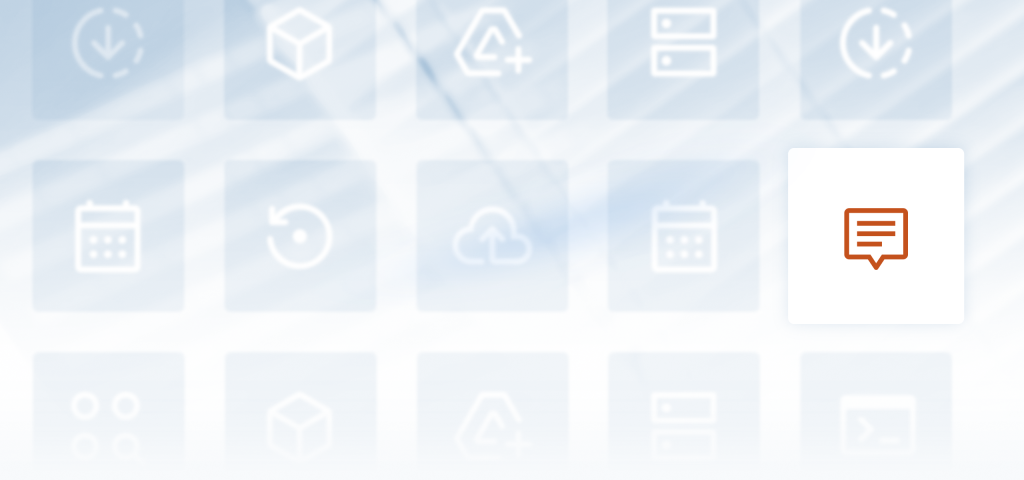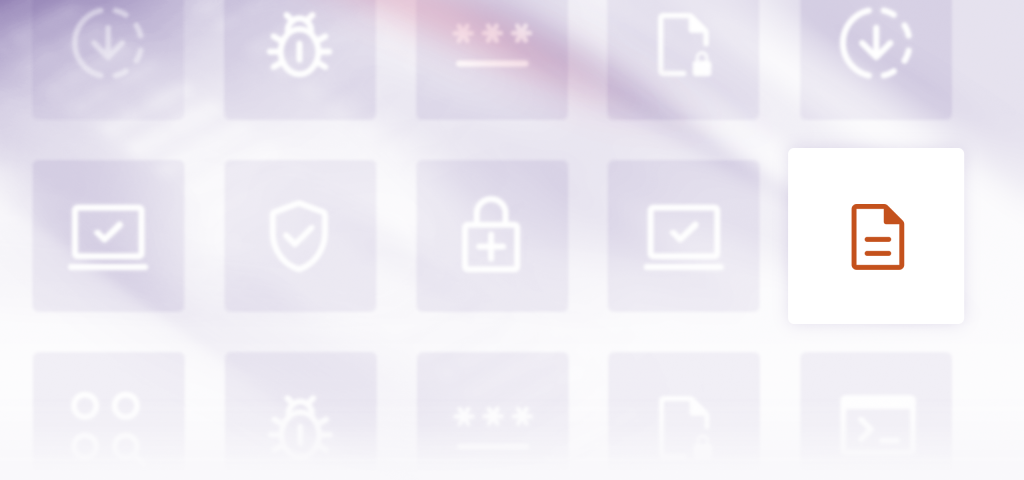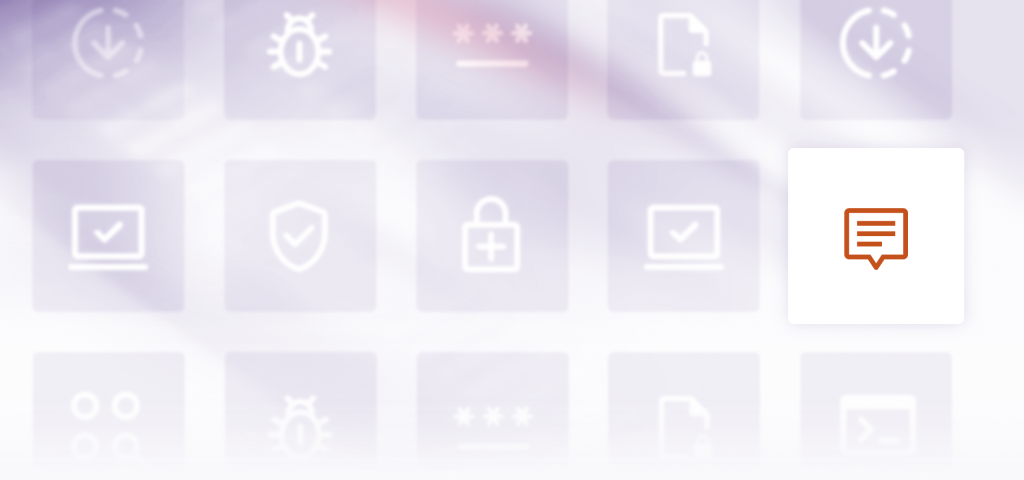WooCommerce security tips to protect your customers and your data
Running a WooCommerce store means you’re not just selling products, you’re also responsible for handling sensitive customer data like names, addresses, and payment details. That makes WooCommerce security one of the most important things to get right. But with so much advice out there, where do you start?
Whether you’re a store owner, developer, or agency managing WooCommerce websites, this practical guide is designed to help you protect your store, your customers, and your reputation with clear, easy-to-implement tips.
Key takeaways
Section titled Key takeaways- Why WooCommerce stores are a target for attackers and what’s at risk
- How to protect customer data and secure your checkout
- The essential features to look for in a security plugin
- Practical tips on user roles, file monitoring, and spam prevention
- How to protect your store from common threats
Why WooCommerce security matters
Section titled Why WooCommerce security mattersWooCommerce is built on WordPress, which is used by over 40% of all websites. That popularity makes it a big target for hackers. While WooCommerce itself is secure when kept up to date, it relies on many third-party plugins and themes and that opens the door to potential vulnerabilities.
Here’s what’s at stake:
- Customer trust: One data breach can cause long-term damage to your brand and reputation.
- Legal risk: GDPR and other privacy laws require you to protect customer data. Non-compliance can lead to heavy fines.
- Lost revenue: Downtime, spam attacks, and malicious redirects can all interrupt sales and erode profits.
But the good news is that securing your WooCommerce site doesn’t have to be overwhelming. Let’s look at what you can do to stay protected.
Choose a host that takes security seriously
Section titled Choose a host that takes security seriouslyYour hosting provider forms the foundation of your site’s security. Choose a host that offers:
- Free SSL certificates
- Regular server-level backups
- DDoS protection
- Updated PHP, MySQL, and server software
- Malware scanning
- Isolation between websites on the same server
Some managed WordPress hosts also include firewalls, performance tuning, and security monitoring. If your host doesn’t mention security at all, that’s a red flag.
Secure your WooCommerce checkout and payment pages
Section titled Secure your WooCommerce checkout and payment pagesPayment pages are the most sensitive part of your store. A breach here doesn’t just put your business at risk, it could compromise your customers’ personal and financial data. Here’s how to protect these high-value pages.
Use HTTPS to encrypt all data
Section titled Use HTTPS to encrypt all dataSSL (Secure Sockets Layer) certificates ensure that data sent between your customers and your server is encrypted. This prevents attackers from intercepting credit card information, passwords, and other sensitive details.
Most reputable hosts offer free SSL certificates. Once set up, your site should display a padlock in the browser address bar and use “https://” instead of “http://.”
Use a PCI-compliant payment gateway
Section titled Use a PCI-compliant payment gatewayTo stay secure (and compliant), avoid storing credit card data on your server. Instead, use a third-party payment processor that’s certified under the Payment Card Industry Data Security Standard (PCI DSS).
For example:
- Stripe handles payments in a pop-up modal and tokenizes card details securely.
- PayPal redirects users to a secure checkout page to complete payment.
- Square provides embedded checkout solutions with built-in compliance.
These providers store and process the payment data on their own secure infrastructure, so you don’t have to.
Enable reCAPTCHA to block bots
Section titled Enable reCAPTCHA to block botsCheckout, login, and registration forms are common targets for automated bots attempting brute force attacks or spam submissions. reCAPTCHA helps stop them by requiring human interaction.
You can enable reCAPTCHA on your login page using WooCommerce-compatible plugins like AIOS for an extra layer of security.
Limit plugin bloat and keep everything updated
Section titled Limit plugin bloat and keep everything updatedPlugins add valuable features but too many can slow down your site or open the door to vulnerabilities. Poorly coded or outdated plugins are a frequent attack vector.
Follow these tips:
- Stick to well-reviewed, frequently updated plugins
- Remove plugins you’re no longer using
- Keep your theme and WooCommerce itself updated regularly
AIOS helps block malicious traffic before it reaches your checkout, protecting your site from potential threats.
Harden your login process
Section titled Harden your login processHackers often attempt brute force attacks to guess login credentials. Here’s how to stop them:
1. Enforce strong passwords
Section titled 1. Enforce strong passwordsUse long, unique passwords for every admin account. Consider using a password manager to keep track of them.
Also, avoid using easily guessed usernames like “admin”, as these are often targeted first in brute force attacks. For added protection, limit username enumeration – a technique attackers use to discover valid usernames on your site.
AIOS can help enforce strong password policies, prevent common usernames, and block user enumeration attempts automatically.
2. Enable two-factor authentication (2FA)
Section titled 2. Enable two-factor authentication (2FA)Even if someone steals a password, they won’t get in without the second authentication step. With AIOS, 2FA can be enabled for specific user roles.
3. Limit login attempts
Section titled 3. Limit login attemptsLimit the number of failed logins before a user is temporarily blocked.
4. Rename the login URL
Section titled 4. Rename the login URLUsing a plugin like AIOS, you can change your /wp-login.php URL to something unique, reducing bot attacks.
Scan for malware and monitor file changes
Section titled Scan for malware and monitor file changesIf your site is infected with malware, it might redirect customers to spammy sites or silently skim credit card info.
Use a plugin that:
- Scans core files, themes, and plugins
- Alerts you when files are added or modified
- Lets you approve or reject changes
Manage WordPress user roles carefully
Section titled Manage WordPress user roles carefullyWooCommerce sites often have multiple users: store managers, SEO specialists, customer service, developers. Not everyone needs full admin rights.
- Use the principle of least privilege: Only give users the permissions they truly need.
- Review user accounts regularly: Remove old or unused accounts.
- Set up email alerts for new user creations or role changes.
Stop spam in contact forms and reviews
Section titled Stop spam in contact forms and reviewsSpam isn’t just annoying, it can lead to phishing links, fake reviews, and security exploits.
You can:
- Enable manual comment approval in Settings → Discussion
- Allow product reviews only from verified customers
- Use AIOS’s comment spam protection and integrate reCAPTCHA
Back up regularly (and store backups offsite)
Section titled Back up regularly (and store backups offsite)If your site is compromised, a clean backup is your fastest way to recover.
Use a solution like UpdraftPlus to:
- Automate daily or real-time backups
- Store copies on remote storage (e.g., Google Drive, Dropbox, S3)
- Restore even if your site is completely offline
For eCommerce, real-time backups are ideal, so no orders are lost.
Backups built for WooCommerce
A strong security setup needs a safety net. UpdraftPlus Premium gives you automated, real-time backups so you never lose orders, customers, or revenue. Restore with just a click.
Use a firewall to block bad traffic
Section titled Use a firewall to block bad trafficA Web Application Firewall (WAF) filters out suspicious traffic before it reaches your site.
AIOS offers:
- Brute force attack protection
- IP blocking and whitelisting
- Firewall rules tailored for WordPress
This layer of protection stops many common attacks before they even start.
Keep plugins and themes updated
Section titled Keep plugins and themes updatedOut-of-date plugins are the most common way attackers get into WordPress sites. Stay safe by:
- Removing unused plugins or themes
- Enabling auto-updates for trusted plugins
- Checking your dashboard weekly for updates
Add security headers
Section titled Add security headersSecurity headers tell browsers how to interact with your website and add an extra layer of protection against common threats like cross-site scripting (XSS), clickjacking, and code injection attacks. By setting HTTP headers such as:
Content-Security-PolicyStrict-Transport-SecurityX-Frame-Options
You can significantly reduce the risk of vulnerabilities being exploited. These headers help enforce secure connections, control content sources, and prevent your site from being embedded in malicious iframes.
Easiest option: Install a security plugin
Section titled Easiest option: Install a security pluginManaging security manually is time-consuming, and it’s easy to overlook something important. That’s why a plugin like AIOS is so valuable it combines multiple layers of protection in one place.
Every WooCommerce store handles sensitive data. Having a security plugin in place is the best way to protect your customers and your business
Lock down your WooCommerce store
AIOS Premium protects your checkout, login, and customer data with firewalls, malware scanning, two-factor authentication, and more. Keep attackers out before they ever reach your site.
Final thoughts
Section titled Final thoughtsSecurity doesn’t have to be complex or expensive. By taking simple steps and using a reliable plugin like AIOS, you can protect your WooCommerce store from the most common threats.
Make security part of your regular site maintenance and keep customer trust at the heart of everything you do.
Want to take it further? Check out our guide on backing up your WooCommerce database to make sure your recovery plan is just as strong as your protection.
FAQs
Section titled FAQsIs WooCommerce secure for handling payments?
Yes, WooCommerce is secure for payments when paired with a secure web host, HTTPS encryption, and a PCI-compliant payment gateway like Stripe or PayPal. By default, WooCommerce doesn’t store credit card information, which helps reduce risk.
Does WooCommerce have security issues?
Like any WordPress-based platform, WooCommerce can be vulnerable if not properly maintained. Outdated plugins, weak passwords, and poor hosting choices can expose your store to attacks. Good WooCommerce security practices and regular updates are essential.
Can WooCommerce sites get hacked?
Yes, WooCommerce sites can be hacked, especially when login access is weak or third-party plugins aren’t kept up to date. Strengthening your WooCommerce security with tools like AIOS can drastically reduce your risk.
How do I secure my WooCommerce website?
Start with the basics: choose a reputable host, enable HTTPS, and use strong admin passwords. Then install a dedicated security plugin like AIOS for features like two-factor authentication, file change detection, and login protection tailored for WooCommerce sites.
What security plugin should I use for WooCommerce?
We recommend All-In-One Security (AIOS) a WordPress security plugin designed with WooCommerce compatibility in mind. It offers features like 2FA for admin and customer logins, firewall protection, malware scanning, and smart 404 blocking.
Is WooCommerce trustworthy?
WooCommerce is built on WordPress and powers millions of stores worldwide. Its open-source code is regularly audited, and with the right security setup, it’s a trustworthy platform for running an online business.
What are the downsides of WooCommerce security?
The main downside is that WooCommerce security isn’t handled for you – you’re responsible for keeping your plugins updated, monitoring for threats, and choosing secure integrations. But this also gives you more flexibility and control than hosted platforms like Shopify.
What are some best practices for WooCommerce security?
- Keep WordPress, WooCommerce, and plugins updated
- Use a reputable security plugin like AIOS
- Enable two-factor authentication for all logins
- Regularly back up your store
- Limit admin access and use strong passwords
- Monitor file changes and login activity
About the author

Alexandru Bucsa
Alex is our All-In-One Security Product Manager. With more than six years of WordPress experience, he listens closely to what users need and works hard to make AIOS even better. Drawing on his background in forensic investigations, Alex loves diving into problems to understand their causes and find practical fixes that truly help our community.
Categories
AIOS
Comprehensive, feature-rich, security for WordPress. Malware scanning, firewall, an audit log and much more. Powerful, trusted and easy to use.
From just $70 for the year.
More stories
-

How to track your website traffic without cookies
Learn how cookie-free analytics works, why it matters for privacy, and how to set it up on WordPress using modern, privacy-friendly tools.
-

How to block a country in WordPress
Learn how to block a country in WordPress safely using AIOS, .htaccess rules, or CDN firewalls. Learn the best methods to protect your site without harming SEO.
-

Best spam protection plugins for WordPress
This guide compares the best WordPress spam protection plugins to help you block bots, protect discussions, and keep your site clean.
-

Best CAPTCHA plugins for WordPress
Learn why a WordPress captcha plugin is essential for protecting your site from unwanted spam and malicious activity.
